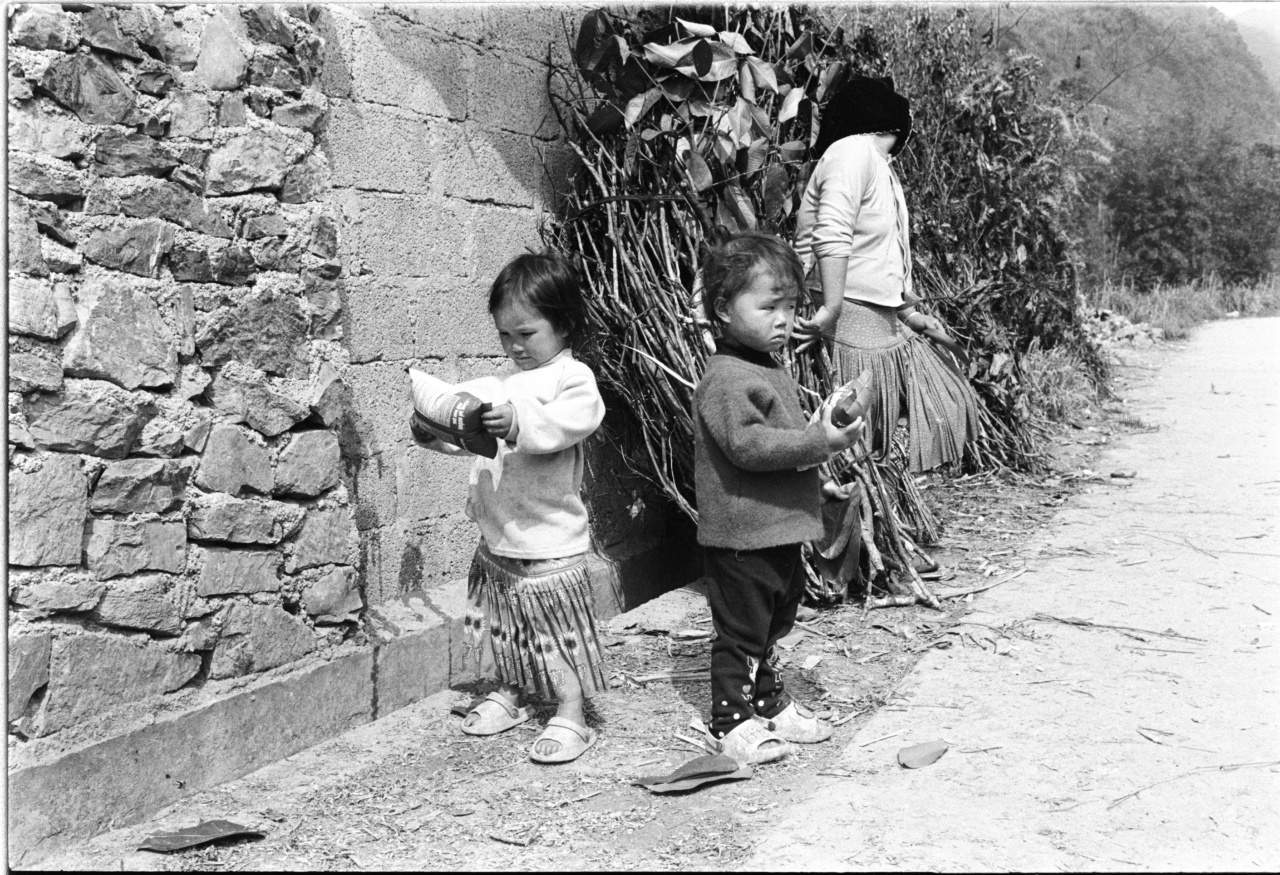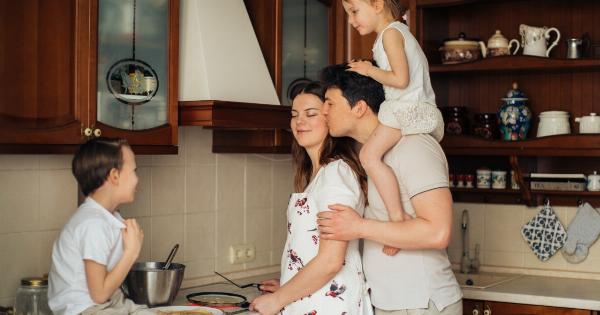Cardiovascular disease is the leading cause of morbidity and mortality worldwide. It is a complex condition that has been linked to various genetic and environmental factors.
Although many of these factors are not modifiable, early detection and lifestyle modification can prevent or delay the onset of cardiovascular disease. In this context, siblings play a critical role in cardiovascular risk assessment.
What is Cardiovascular Disease?
Cardiovascular disease is a general term that refers to a group of conditions that affect the heart and blood vessels. The most common types of cardiovascular disease include:.
- Coronary artery disease
- Heart failure
- Stroke
- Peripheral vascular disease
Cardiovascular disease is a leading cause of death worldwide, accounting for nearly 18 million deaths annually.
What are the Risk Factors for Cardiovascular Disease?
There are several risk factors for cardiovascular disease, including:.
- High blood pressure
- High cholesterol
- Smoking
- Diabetes
- Obesity
- Sedentary lifestyle
Family history of cardiovascular disease is also considered a risk factor. Individuals with a family history of cardiovascular disease have a higher risk of developing the condition themselves, regardless of other risk factors.
This is where siblings play a critical role in cardiovascular risk assessment.
Why are Siblings Important in Cardiovascular Risk Assessment?
Since siblings share approximately 50% of their genes, they are likely to share genetic risk factors for cardiovascular disease.
This means that if one sibling develops cardiovascular disease, their siblings are at an increased risk of developing the condition themselves. Therefore, siblings can be viewed as a proxy for familial cardiovascular risk.
Furthermore, siblings tend to have similar lifestyles and environmental exposures, which can also contribute to their cardiovascular risk.
For example, siblings often grow up in the same household, eat the same food, and have similar levels of physical activity. Therefore, by assessing the cardiovascular risk of one sibling, healthcare professionals can better gauge the risk of other siblings in the family.
How can Siblings be Used in Cardiovascular Risk Assessment?
There are several ways in which siblings can be used in cardiovascular risk assessment, including:.
- Screening – siblings of individuals with cardiovascular disease may be screened earlier and more frequently than the general population.
- Risk stratification – siblings of individuals with cardiovascular disease may be stratified into different risk categories based on their family history.
- Preventive interventions – siblings of individuals with cardiovascular disease may be targeted for preventive interventions such as lifestyle modification and medication.
By utilizing siblings in cardiovascular risk assessment, healthcare professionals can identify individuals who may benefit from early detection and preventive interventions.
What are the Challenges of Using Siblings in Cardiovascular Risk Assessment?
While siblings can be a useful tool in cardiovascular risk assessment, there are several challenges that need to be considered, including:.
- Difficulty engaging siblings – not all siblings may be willing to participate in cardiovascular risk assessment.
- Different lifestyles – although siblings tend to have similar lifestyles, there may be differences in lifestyle that can affect their cardiovascular risk.
- Small sample size – if there are only a few siblings in a family, the sample size may be too small to make accurate risk assessments.
Therefore, while siblings can be an important tool in cardiovascular risk assessment, healthcare professionals need to carefully consider these challenges and tailor their approach to each individual patient.
Conclusion
Cardiovascular disease is a complex condition that has been linked to various genetic and environmental factors. Siblings can be a valuable tool in cardiovascular risk assessment, as they share genetic risk factors and similar lifestyles.
By utilizing siblings in cardiovascular risk assessment, healthcare professionals can identify individuals who may benefit from early detection and preventive interventions. However, there are several challenges that need to be considered, including difficulty engaging siblings and different lifestyles.
Therefore, healthcare professionals need to carefully consider these challenges and tailor their approach to each individual patient.



























